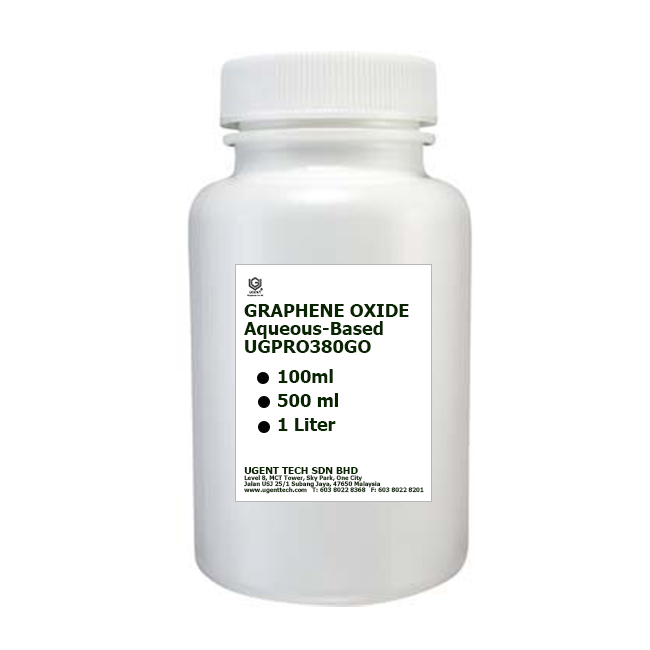What is Graphene and Why is It the Material of the Future?
Graphene is one of the most exciting and revolutionary materials to emerge in recent years. It is a single layer of carbon atoms arranged in a two-dimensional honeycomb lattice, making it the thinnest material ever discovered—just one atom thick! Despite being so thin, graphene is incredibly strong, about 200 times stronger than steel, and it has a host of other remarkable properties that make it the material of the future.
The Discovery of Graphene
Graphene was first isolated in 2004 by two scientists, Andre Geim and Konstantin Novoselov, who later won the Nobel Prize in Physics for their groundbreaking work. They discovered a way to peel off a single layer of graphene from graphite (the material found in pencils) using regular adhesive tape. This simple method opened the door to further research into the potential applications of graphene, and it quickly became one of the most studied materials in the world.
Properties of Graphene
What makes graphene so extraordinary is its combination of unique properties:
Strength and Flexibility: Graphene is incredibly strong yet flexible. Despite being just one atom thick, it can withstand immense forces without breaking.
Electrical Conductivity: It is an excellent conductor of electricity, even better than copper. This makes graphene a promising material for use in electronics, particularly in developing faster and more efficient transistors.
Thermal Conductivity: Graphene is also an outstanding conductor of heat, making it useful in applications requiring heat dissipation, such as in electronics or even advanced materials for cooling.
Transparency: Graphene is almost completely transparent, absorbing only 2% of light. This property makes it ideal for use in touchscreen technology, solar cells, and other optoelectronic devices.
Impermeability: Graphene is impermeable to even the smallest atoms, such as helium, which makes it useful in applications where gas separation is important.
Graphene Applications
While the potential of graphene is vast, it is still a relatively new material in terms of practical applications. However, industries and researchers are exploring numerous exciting possibilities:
Electronics: Graphene’s conductivity and flexibility could revolutionize the electronics industry, enabling the creation of smaller, faster, and more energy-efficient devices. Flexible screens and wearable technology could also benefit from graphene-based components.
Energy Storage: Graphene is being studied for use in batteries and supercapacitors. Its ability to store and discharge energy quickly could lead to faster-charging batteries for electric vehicles or smartphones.
Medical Uses: Graphene's properties make it promising in biomedical applications, including drug delivery, biosensors, and even tissue engineering. Its ability to interface with biological systems opens up possibilities for advanced medical devices and treatments.
Composite Materials: Adding graphene to materials like plastics and metals can significantly improve their strength, durability, and conductivity. This could have applications in aerospace, automotive, and construction industries.
Challenges in Graphene Commercialization
Despite its incredible potential, graphene is not yet widely used in everyday products. Some challenges include:
Production Cost: While graphene can be produced in laboratories, scaling up production to industrial levels in a cost-effective way remains a challenge.
Integration into Existing Technologies: Researchers are still working on how to integrate graphene into existing manufacturing processes without significantly increasing costs or requiring entirely new systems.
Standardization: The quality of graphene produced can vary, and standardizing its production for different industries is essential for widespread adoption.
The Future of Graphene
Graphene’s potential is immense, and as technology advances, we are likely to see it being integrated into more products and industries. As researchers continue to develop new ways to produce and apply graphene, we could see breakthroughs in energy storage, electronics, medicine, and even environmental solutions.
The future is incredibly bright for this “wonder material,” and it’s likely to play a major role in many industries in the coming years. Keep an eye on graphene—it’s set to revolutionize the way we live, work, and interact with technology.
Conclusion: Ugent Tech Leading the Graphene Revolution
Graphene is more than just a groundbreaking discovery—it’s a material poised to revolutionize industries across the globe. At Ugent Tech, we are proud to be at the forefront of this graphene revolution, offering cutting-edge graphene products that are paving the way for innovation in electronics, energy storage, medical technologies, and more.
With our expertise in graphene production and commitment to advancing this remarkable material, Ugent Tech is dedicated to helping industries realize the full potential of graphene. As we continue to push the boundaries of what's possible, our graphene solutions are setting new standards for strength, conductivity, and flexibility.
Stay tuned for more updates on how Ugent Tech is shaping the future with graphene—because the future of technology starts with us.





